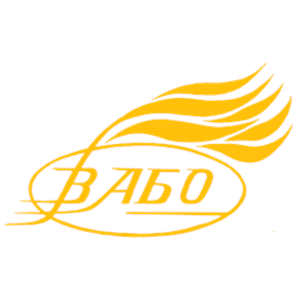THE PROCEDURE FOR IDENTIFYING THE RISKS OF INTRODUCING ARTIFICIAL INTELLIGENCE INTO PUBLIC ADMINISTRATION
DOI:
https://doi.org/10.32782/2786-5681-2025-1.15Keywords:
public administration, artificial intelligence, risks, types of risks, integration of technologies, ethical standards, threatsAbstract
Identifying the risks of implementing artificial intelligence (AI) in public administration is a key step in ensuring the effectiveness and security of this process. This procedure involves a systematic analysis of potential threats that may arise when integrating AI technologies into administrative processes, including decision-making, service provision and data management. The first stage is to identify areas of application of AI, such as automation of routine processes and analysis of large volumes of data. Next, technical, ethical, social and legal risks should be assessed.Technical risks may include errors in algorithms and system failures, while ethical risks include data confidentiality issues and algorithm bias. Social risks may manifest themselves in reducing citizens’ trust in public administration, and legal risks relate to the inconsistency of AI implementation with applicable legislation. To identify risks, it is advisable to use methods such as SWOT analysis and expert survey.The aim of the article is to study modern theoretical approaches to risk assessment and propose a model for the procedure for identifying risks of implementing AI in public administration.The research methodology involves the use of a combination of qualitative and quantitative methods, including literature analysis and expert survey. The scientific novelty of the work lies in the systematic analysis of risks associated with the implementation of AI and the development of new approaches to their management. Risk management measures require regular revision to adapt to new conditions and technologies.Conclusions. The proposed model of the risk identification procedure allows for the effective identification and minimization of potential threats, which will contribute to increasing trust in state institutions and increasing the efficiency of public services.
References
Корнута Л. Штучний інтелект у публічному управлінні: перспективи впровадження. Європейські орієнтири розвитку України в умовах війни та глобальних викликів XXI століття: синергія наукових, освітніх та технологічних рішень. Національний університет «Одеська юридична академія». Матеріали Міжнародної науково-практичної конференції 19 травня 2023 року.
Максименцева Н., Максименцев М. Штучний інтелект у публічному управлінні: переваги цифрових технологій та загрози суверенному інформаційному простору. Державне управління: удосконалення та розвиток. 2024. № 2.
Марутян Р.Р. Інформаційні технології інтелектуального управління у публічно-управлінській практиці: зарубіжний та вітчизняний досвід. Вісник Національного університету цивільного захисту України. 2018. № 2. С. 146–153.
Artificial Intelligence (AI) In Cyber Security Market Will Reach to USD 30.9 Billion By 2025: Zion Market Research. URL: https://www.globenewswire.com/news-release/2019/08/28/1907655/0/en/Artificial-Intelligence-AI-In- Cyber-Security-Market-Will-Reach-to-USD-30-9-Billion-By-2025-Zion-Market-Research.html.
Artificial Intelligence in Cybersecurity Market by Offering. URL: https://www.marketsandmarkets.com/Market- Reports/artificial-intelligence-security-market-220634996.html.
Eriksson M., Djoweini C. Artificial Intelligence’s Impact on Management: A literature review covering artificial intelligence’s influence on leadership skills and managerial decision-making processes : thesis. 2020. URL: http://urn.kb.se/resolveurn=urn:nbn:se:kth:diva-279737
Ethics guidelines for trustworthy AI. URL: https://ec.europa.eu/digital-single-market/en/news/ethics-guidelines- trustworthy-ai
Leveraging artificial intelligence to maximize critical infrastructure cybersecurity. URL: https://www.thalesgroup.com/ en/worldwide/security/magazine/leveraging-artificial-intelligence-maximize-criticalinfrastructure.







